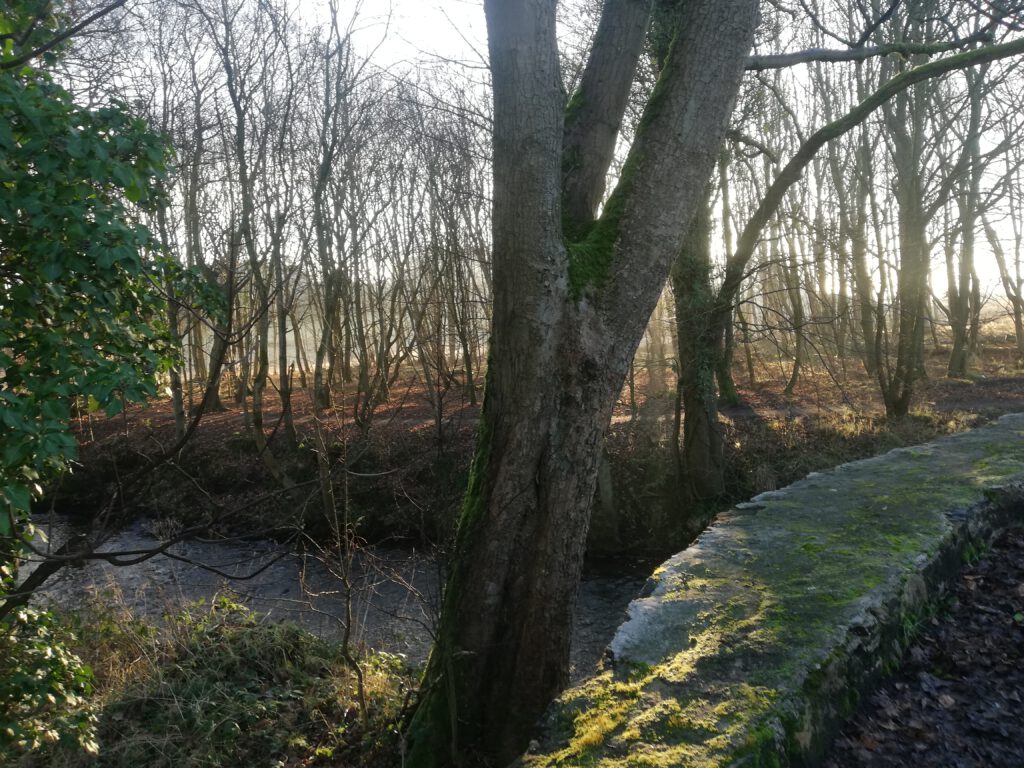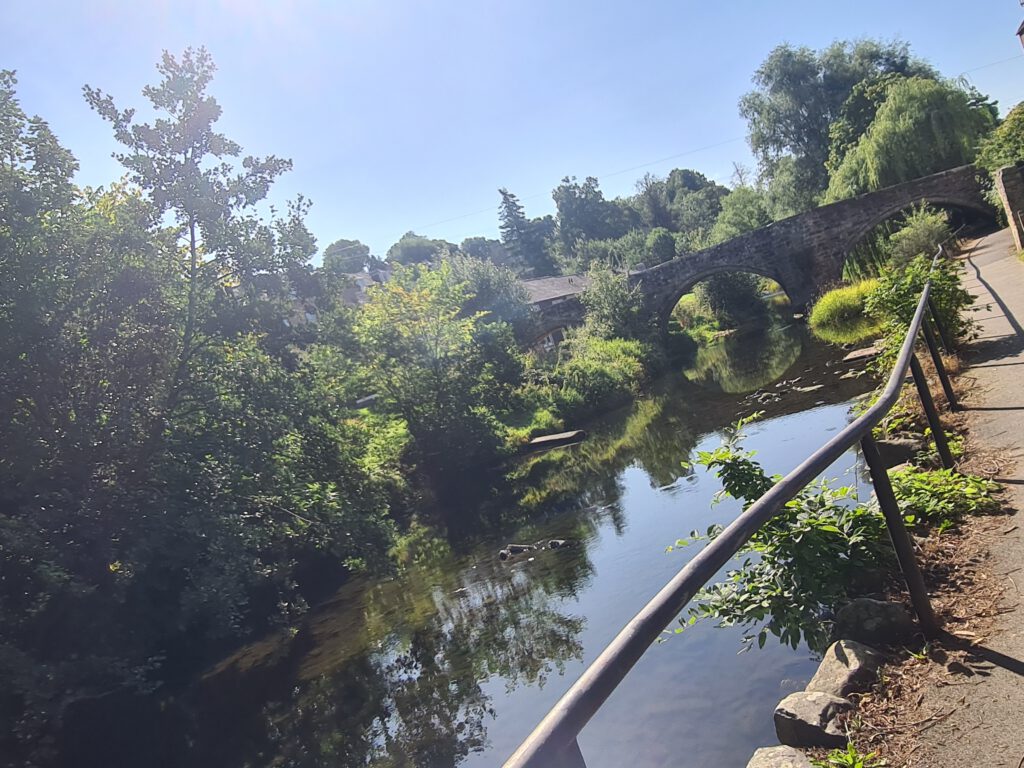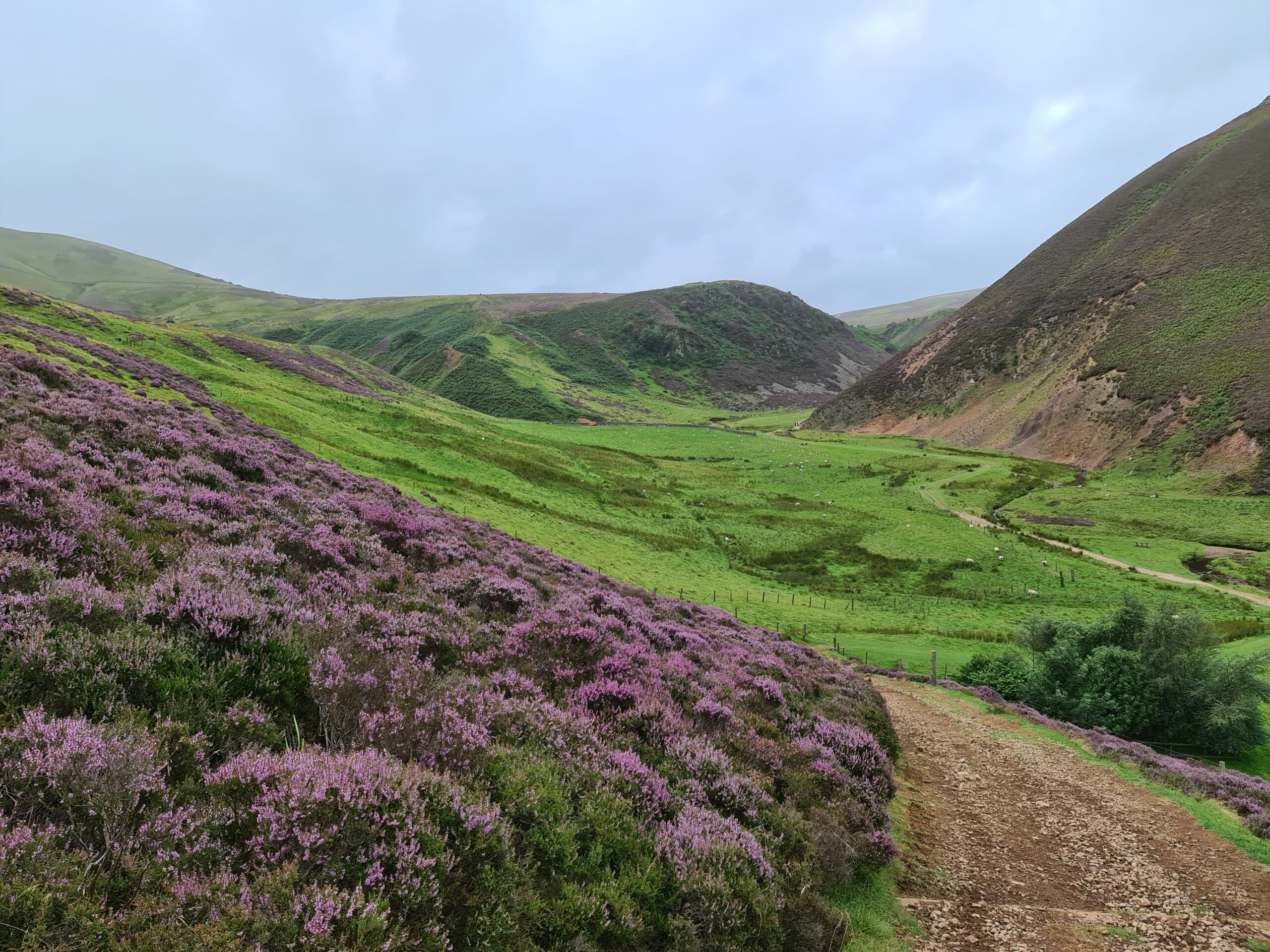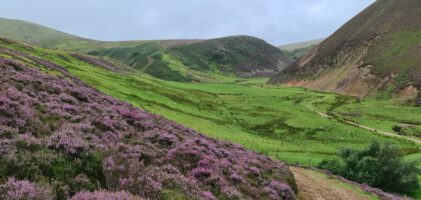
The Lowlands of Scotland are a cultural and historical region in Scotland.
The Lowland-area is not an official administrative area or geographical part it is more a connection made by the people over centuries. It consists of the Lowlands and the Southern Uplands, the Lowland area themselves are mostly the Central Lowlands. These days “Lowlands” pretty much refers to all the parts of Scotland which are not the Highland region and not part of the Islands.

The name Lowlands however doesn’t refer to how high the region is in general given that especially parts of the Southern Uplands such as ‘The Merrick’ reach over 800 metres while parts of the Highlands are low as well.
The boundaries of the Lowlands are not clearly set, though they are considered to be a line between Stonehaven and Helensburgh with the Lowlands being positioned on the sound and east of that line.

If you use this Boundary Fault is used, Ayrshire, Berwickshire, Clackmannanshire, Dumfriesshire, East Lothian, Fife, Kinrossshire, Kirkcudbrightshire, Lanarkshire, Midlothian, Peeblesshire, Renfrewshire, Roxburghshire, Selkirkshire, West Lothian and Wigtownshire, as traditional Scottish counties are part of the Lowlands.
Scottish counties which are after this fault boundary are part of both the Highlands and Lowlands are Angus, Dunbartonshire, Stirlingshire, Perthshire, Kincardineshire, Aberdeenshire, Banffshire, and Moray. These counties are mostly part of the Lowlands but certain areas especially where the mountain ranges of the Cairngorms come into consideration are part of the Highlands.

Often the term Lowlands is used to describe the Midland Valley since especially this area has a characteristic structure of sedimentary rocks with coal deposits and been historically the most agricultural region in all of Scotland.
These coal deposits left their traces in the area since especially there you can still find industrial towns like Grangemouth still being the industrial part of Scotland these days, mostly with computer manufacturers and service sectors such as telecommunications, computer software and finance.

The biggest difference on a historical side is often thought to be the difference in language. History tells us that especially the Lowlands used to speak Scots whereas the Highland people spoke Scottish Gaelic, that however is not entirely true since big parts of the Lowlands used to speak Scottish Gaelic until the 15th century as well. The Galloway region even spoke it until the 18th century by that knowledge we can see there are less differences between the two big areas of Scotland, than most people think.

What is true though is the background of genealogy in the different areas. The Highlanders mostly descending from the Irish people (to say it in the simplest way even though a lot of people would disagree, I am not getting into this topic closer just yet, but I know it’s not that easy to say!) having a few different aspects in the Scottish clan-system compared to the Highland Clans as well.
However, all these people are Scots so where really is the point of dividing them into Lowlanders and Highlanders?!
Both regions have their lovely sides and aspects and I wouldn’t be able to choose which area I prefer.


